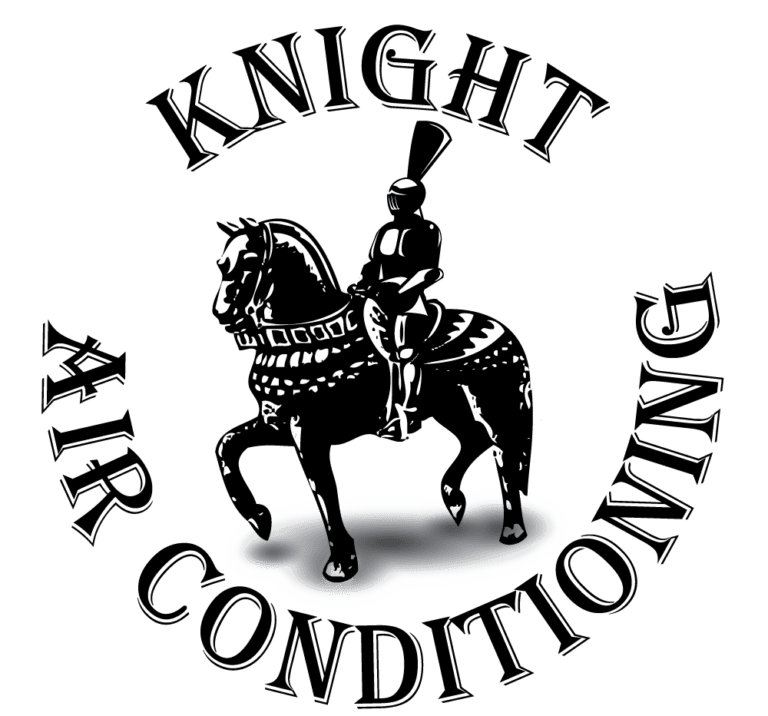Painting may seem like an easy job, but one look at the variety of paint out there can get you reconsidering
the project. Just what paint should you use? and where? Knowing the basics of paint can make this decision-making process a little easier.
Paints can be divided into two groups; water based and oil based. All paints are made of either a water or oil-based binder combined with pigments for the right color (pigments and binder can separate over time, so always give your paint a good stirring before starting to paint). Oil-based paints are getting less and less popular. Water-based paints have now replaced about 90% of the jobs oil-based paints used to do since they are more user-friendly, easier to clean up and dry much quicker. For these reasons, I will focus on water-based paints.
The binder to pigment ratio changes the paint finish. More binder gives a glossier finish, and more pigments make for a flatter finish. Gloss finishes are the most durable and dirt resistant, but beware: glosses aren’t very forgiving. If the walls have imperfections or patch-up jobs, they will be quite noticeable with glossy paint. Flat finishes aren’t as durable but do well for large walls like in bedrooms and living rooms where huge shiny walls would be a little overbearing or have imperfects needing to be hidden.
But what about preparing that wall for its vivid splash of color? Primer is always usedon non-painted walls to seal the surface so the paint doesn’t just soak into the wall. Many people may want to skip the primer phase if the wall has been previously painted, but that’s not always a good idea. For me, I always put a coat of primer on before painting, even if the wall has been painted several times. This is good wall preparation and adds depth to the paint. Always use a primer bonder when painting over an enamel wall with flat paint. Flat paint doesn’t stick well to glossy films and can cause big messes down the road. Also, primer is always a good idea when going from a dark color to a light orpastel. Primer can also be tinted to the new wall color. Generally, primer is less expensive than regular paint, and it takes at least a few coats of paint to cover a dark wall.
Now for the popular additives: Sometimes, elements are added to paint for special jobs. Enamel paint is regular paint with enamel resins, which give the paint a light film covering. This film gives a glossy appearance and is extremely washable, making it ideal for bathrooms and kitchens where walls may be routinely scrubbedor wiped down. Another additive is acrylic resins. 100% acrylic paint is perfect for the exterior ofyour home. It has elasticity qualities to keep the paint from cracking as frequently, but it still allows the structure to breathe, letting ambient air andmoisture pass though the walls. Acrylic paint also comes in different finishes. Use flatter finishes for the stucco and block while glossier finishes are better for trimming and fascia boards.
You really do get what you pay for with paint, especially exterior. Top of the line, more expensive paint is worth the extra money. But remember good paint is only as good as the prep work. You get the most of your time and money when you combine good paint with good patching, repair and application. If you are unsure of the proper preparation and application, have a licensed professional do the job for you.















